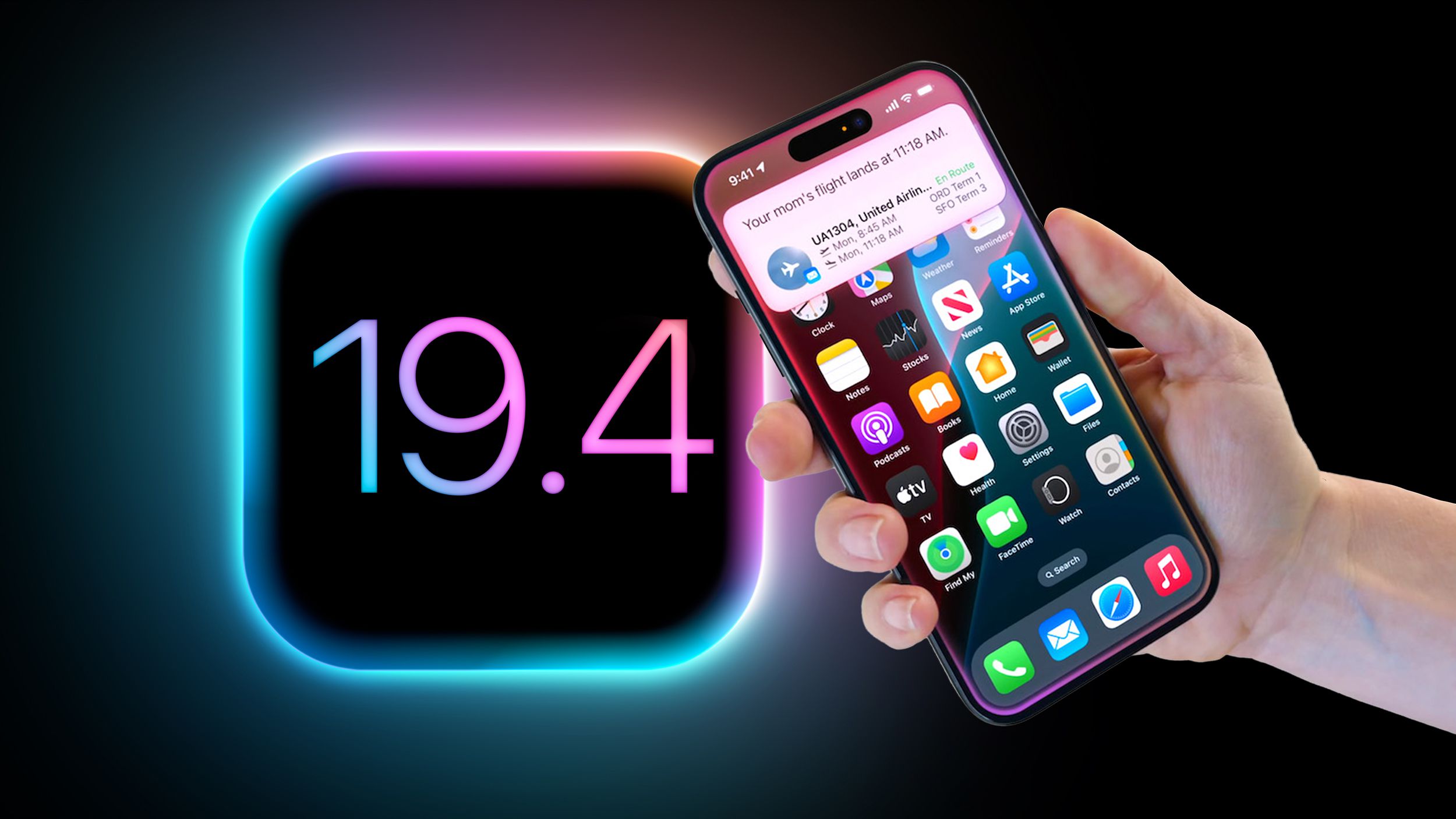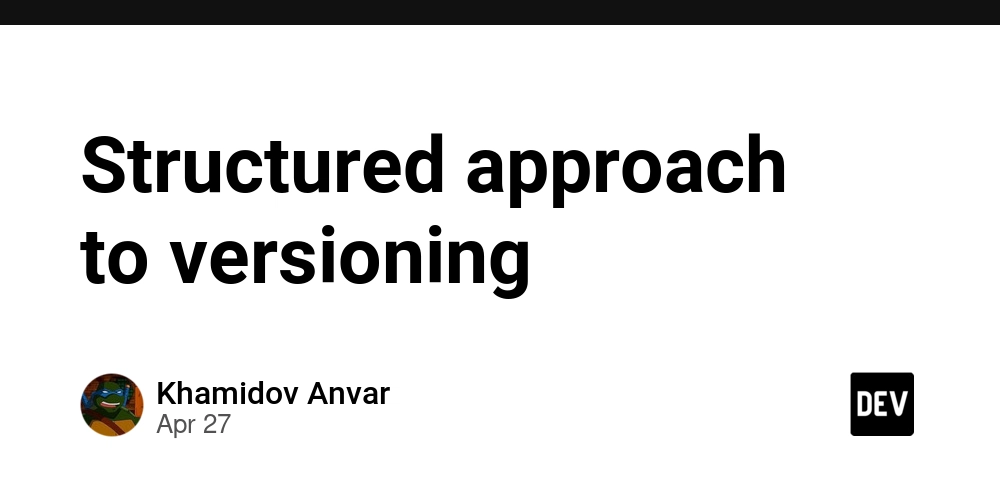Conversational AI in 2025: The Chatbots That Think, Learn, and Engage
In 2025, chatbots have evolved into intelligent virtual assistants that think, learn, and engage. With the rise of Conversational AI, these systems now go far beyond keyword detection—they understand context, adapt to conversations, and offer personalized responses at scale. Whether you’re a developer, startup founder, or tech enthusiast, this shift is creating new opportunities to build better digital experiences. What is Conversational AI? Conversational AI is a blend of technologies—Natural Language Processing (NLP), Machine Learning (ML), and contextual memory—that allow machines to carry out human-like conversations across text and voice channels. Unlike rule-based bots that follow rigid scripts, Conversational AI chatbots: Understand user intent Maintain context over multiple turns Learn from interactions to improve over time This makes them ideal for customer service, sales, onboarding, virtual assistance, and more. What’s New in 2025? The game has changed due to breakthroughs like: LLMs (Large Language Models): GPT-4/5, Claude, and Gemini allow deep understanding of language and context. Multimodal AI: Bots that can understand and respond using text, voice, and even images or documents. Low-code/no-code platforms: Fast prototyping for non-technical teams. API-first ecosystems: Quick integrations with CRMs, databases, and enterprise systems. How to Build a Conversational AI Chatbot (The Developer Stack) If you're looking to build, here's a modern developer tech stack: Languages: Python, JavaScript/Node.js NLP Tools: spaCy, HuggingFace Transformers, Rasa LLM APIs: OpenAI (GPT-4/5), Cohere, Google PaLM Memory & Retrieval: Pinecone, Weaviate Frameworks: LangChain, Rasa X Hosting: AWS Lambda, Firebase, Vercel For front-end: React.js-based chat interfaces Slack/WhatsApp widgets Voice integrations via Google Assistant or Alexa Use Cases in 2025 E-Commerce: AI assistants that help with product discovery and checkout FinTech: Smart bots that handle KYC, fraud alerts, and account support Healthcare: Symptom-checking bots and mental health support HR & IT: Employee helpdesk automation and onboarding support EdTech: Interactive tutoring bots with memory and feedback How Platforms Like The Intellify Streamline Conversational AI Deployment Developing and scaling conversational AI chatbots from scratch can be overwhelming. That’s where platforms like The Intellify come in. The Intellify offers end-to-end AI chatbot development services with: Custom NLP model integration (including GPT-based solutions) Multichannel deployment (web, WhatsApp, Slack, mobile) No-code conversation builders for quick prototyping Contextual memory and data privacy tools API and CRM integrations for seamless business alignment Analytics dashboards to track bot performance and refine user journeys By combining cutting-edge AI with a user-friendly backend, The Intellify empowers businesses to automate support, enhance engagement, and reduce costs—without the need for deep AI expertise in-house. For developers and teams looking to fast-track their chatbot launch while maintaining full control, The Intellify is a go-to partner. Business Benefits of Conversational AI 24/7 availability: Never miss a customer query Consistent experience: Across platforms and languages Lower support costs: Automate repetitive tasks Data insights: Understand customer behavior in real time Scalability: Handle thousands of conversations concurrently Dev Tips for 2025 Pair LangChain with vector databases for knowledge-based chatbots Use OpenAI Assistants API or Anthropic Claude for complex dialogue flow Add fallback workflows for unsupported queries (and learn from them!) Monitor performance with real-time dashboards and user feedback loops Looking Ahead: From Chatbots to AI Agents In 2025, we’re moving beyond reactive bots. The rise of AI agents means bots can now: Proactively initiate tasks Make decisions based on context Collaborate with APIs, tools, and even other agents They’re not just responding to users—they’re solving problems autonomously. Final Thoughts Conversational AI in 2025 isn’t just a tech trend—it’s a transformative force reshaping how humans and machines interact. For developers, this is the perfect time to learn, build, and deploy bots that can truly think, learn, and engage. Whether you’re building your first AI chatbot or scaling to millions of users, the tools are here—and the potential is enormous.
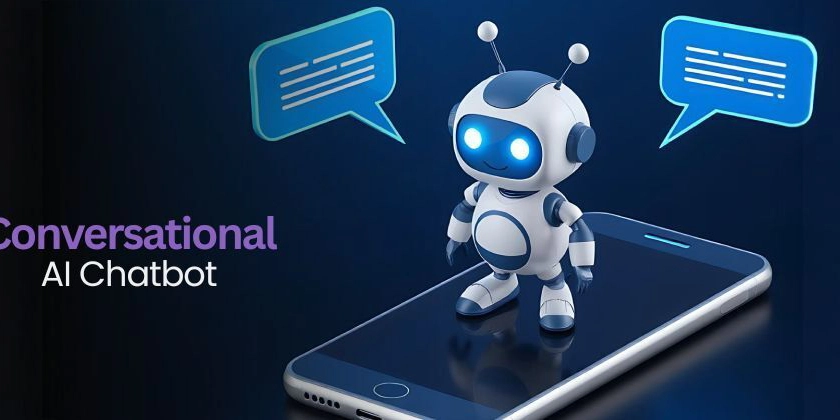
In 2025, chatbots have evolved into intelligent virtual assistants that think, learn, and engage. With the rise of Conversational AI, these systems now go far beyond keyword detection—they understand context, adapt to conversations, and offer personalized responses at scale.
Whether you’re a developer, startup founder, or tech enthusiast, this shift is creating new opportunities to build better digital experiences.
What is Conversational AI?
Conversational AI is a blend of technologies—Natural Language Processing (NLP), Machine Learning (ML), and contextual memory—that allow machines to carry out human-like conversations across text and voice channels.
Unlike rule-based bots that follow rigid scripts, Conversational AI chatbots:
- Understand user intent
- Maintain context over multiple turns
- Learn from interactions to improve over time
This makes them ideal for customer service, sales, onboarding, virtual assistance, and more.
What’s New in 2025?
The game has changed due to breakthroughs like:
- LLMs (Large Language Models): GPT-4/5, Claude, and Gemini allow deep understanding of language and context.
- Multimodal AI: Bots that can understand and respond using text, voice, and even images or documents.
- Low-code/no-code platforms: Fast prototyping for non-technical teams.
- API-first ecosystems: Quick integrations with CRMs, databases, and enterprise systems.
How to Build a Conversational AI Chatbot (The Developer Stack)
If you're looking to build, here's a modern developer tech stack:
- Languages: Python, JavaScript/Node.js
- NLP Tools: spaCy, HuggingFace Transformers, Rasa
- LLM APIs: OpenAI (GPT-4/5), Cohere, Google PaLM
- Memory & Retrieval: Pinecone, Weaviate
- Frameworks: LangChain, Rasa X
- Hosting: AWS Lambda, Firebase, Vercel
For front-end:
- React.js-based chat interfaces
- Slack/WhatsApp widgets
- Voice integrations via Google Assistant or Alexa
Use Cases in 2025
- E-Commerce: AI assistants that help with product discovery and checkout
- FinTech: Smart bots that handle KYC, fraud alerts, and account support
- Healthcare: Symptom-checking bots and mental health support
- HR & IT: Employee helpdesk automation and onboarding support
- EdTech: Interactive tutoring bots with memory and feedback
How Platforms Like The Intellify Streamline Conversational AI Deployment
Developing and scaling conversational AI chatbots from scratch can be overwhelming. That’s where platforms like The Intellify come in.
The Intellify offers end-to-end AI chatbot development services with:
- Custom NLP model integration (including GPT-based solutions)
- Multichannel deployment (web, WhatsApp, Slack, mobile)
- No-code conversation builders for quick prototyping
- Contextual memory and data privacy tools
- API and CRM integrations for seamless business alignment
- Analytics dashboards to track bot performance and refine user journeys
By combining cutting-edge AI with a user-friendly backend, The Intellify empowers businesses to automate support, enhance engagement, and reduce costs—without the need for deep AI expertise in-house.
For developers and teams looking to fast-track their chatbot launch while maintaining full control, The Intellify is a go-to partner.
Business Benefits of Conversational AI
- 24/7 availability: Never miss a customer query
- Consistent experience: Across platforms and languages
- Lower support costs: Automate repetitive tasks
- Data insights: Understand customer behavior in real time
- Scalability: Handle thousands of conversations concurrently
Dev Tips for 2025
- Pair LangChain with vector databases for knowledge-based chatbots
- Use OpenAI Assistants API or Anthropic Claude for complex dialogue flow
- Add fallback workflows for unsupported queries (and learn from them!)
- Monitor performance with real-time dashboards and user feedback loops
Looking Ahead: From Chatbots to AI Agents
In 2025, we’re moving beyond reactive bots. The rise of AI agents means bots can now:
- Proactively initiate tasks
- Make decisions based on context
- Collaborate with APIs, tools, and even other agents They’re not just responding to users—they’re solving problems autonomously.
Final Thoughts
Conversational AI in 2025 isn’t just a tech trend—it’s a transformative force reshaping how humans and machines interact. For developers, this is the perfect time to learn, build, and deploy bots that can truly think, learn, and engage.
Whether you’re building your first AI chatbot or scaling to millions of users, the tools are here—and the potential is enormous.






































































































































































![[The AI Show Episode 145]: OpenAI Releases o3 and o4-mini, AI Is Causing “Quiet Layoffs,” Executive Order on Youth AI Education & GPT-4o’s Controversial Update](https://www.marketingaiinstitute.com/hubfs/ep%20145%20cover.png)





























































































































![[DEALS] Mail Backup X Individual Edition: Lifetime Subscription (72% off) & Other Deals Up To 98% Off – Offers End Soon!](https://www.javacodegeeks.com/wp-content/uploads/2012/12/jcg-logo.jpg)





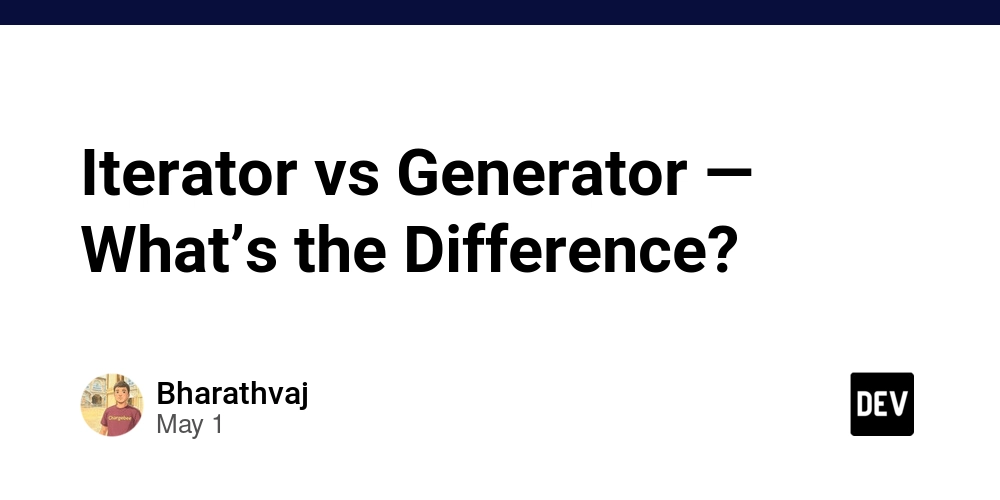
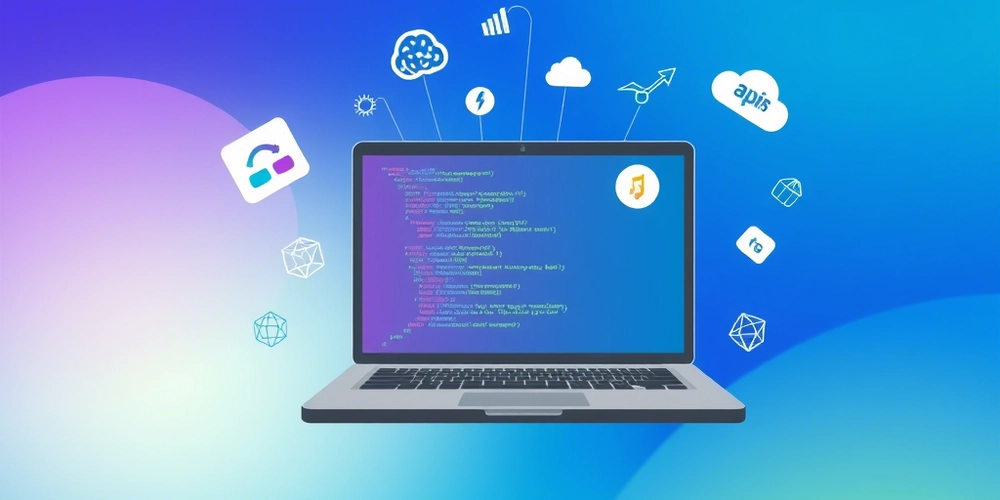























































































































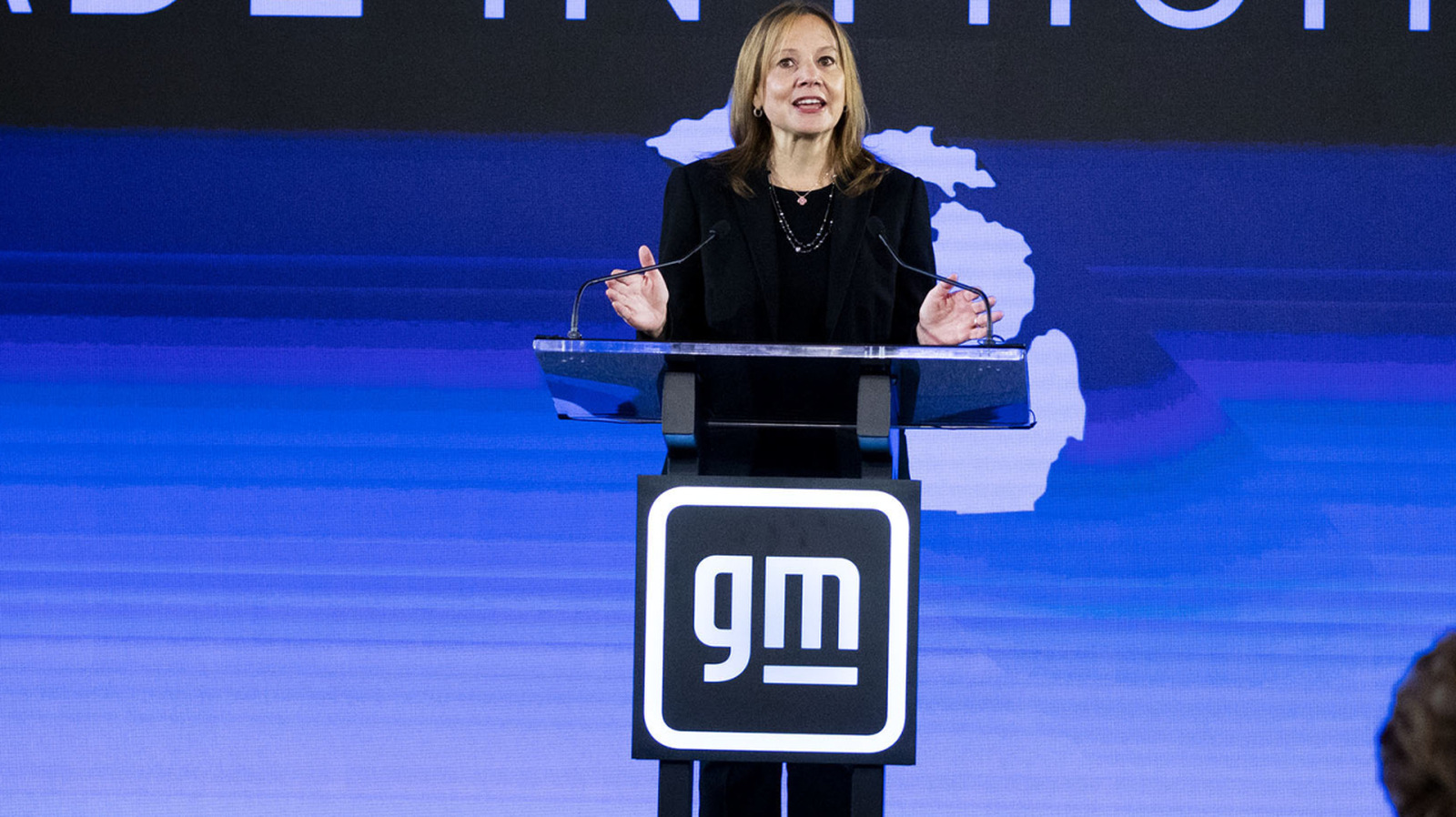












_Andreas_Prott_Alamy.jpg?width=1280&auto=webp&quality=80&disable=upscale#)





































































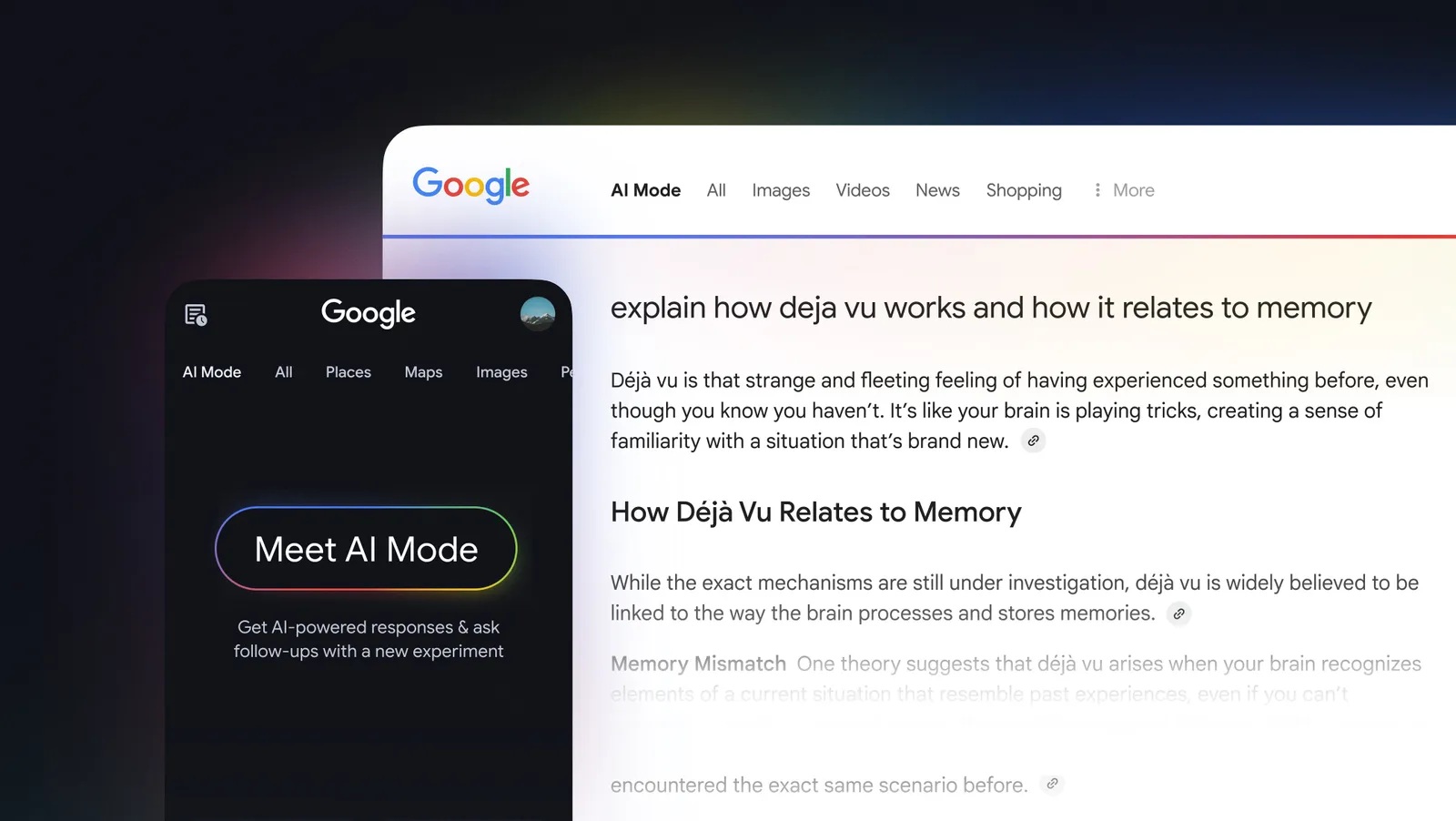







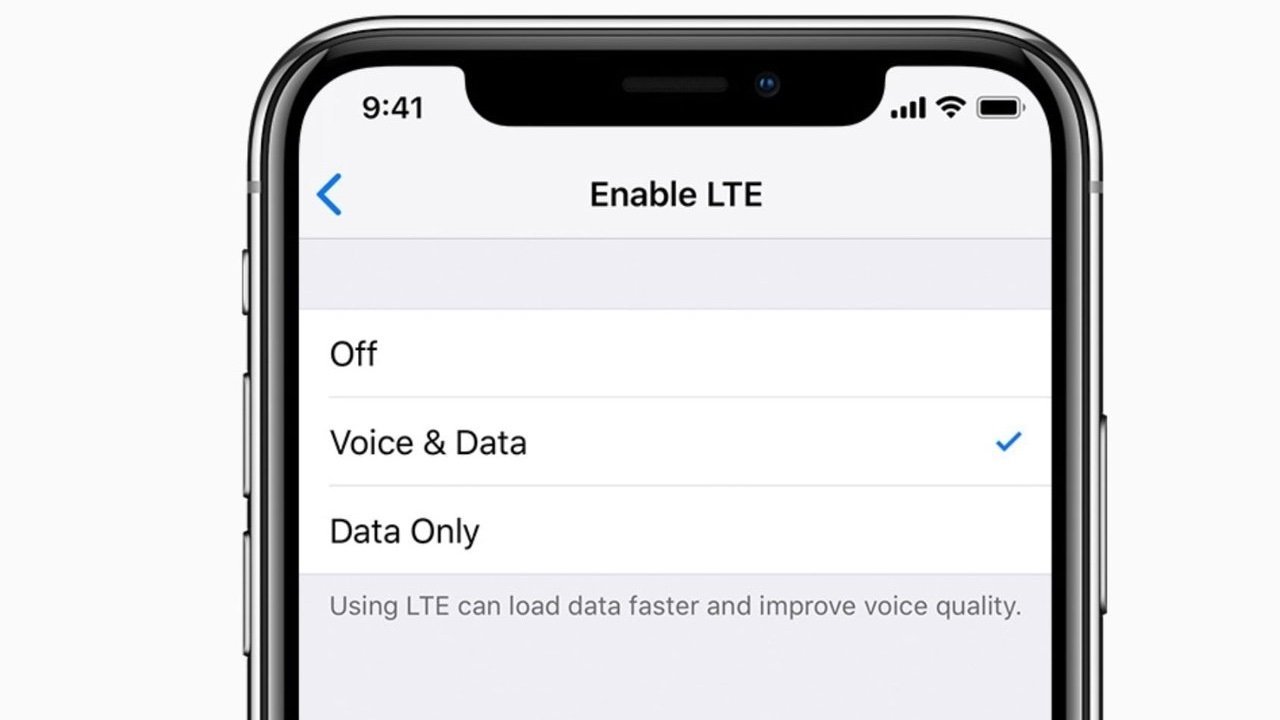
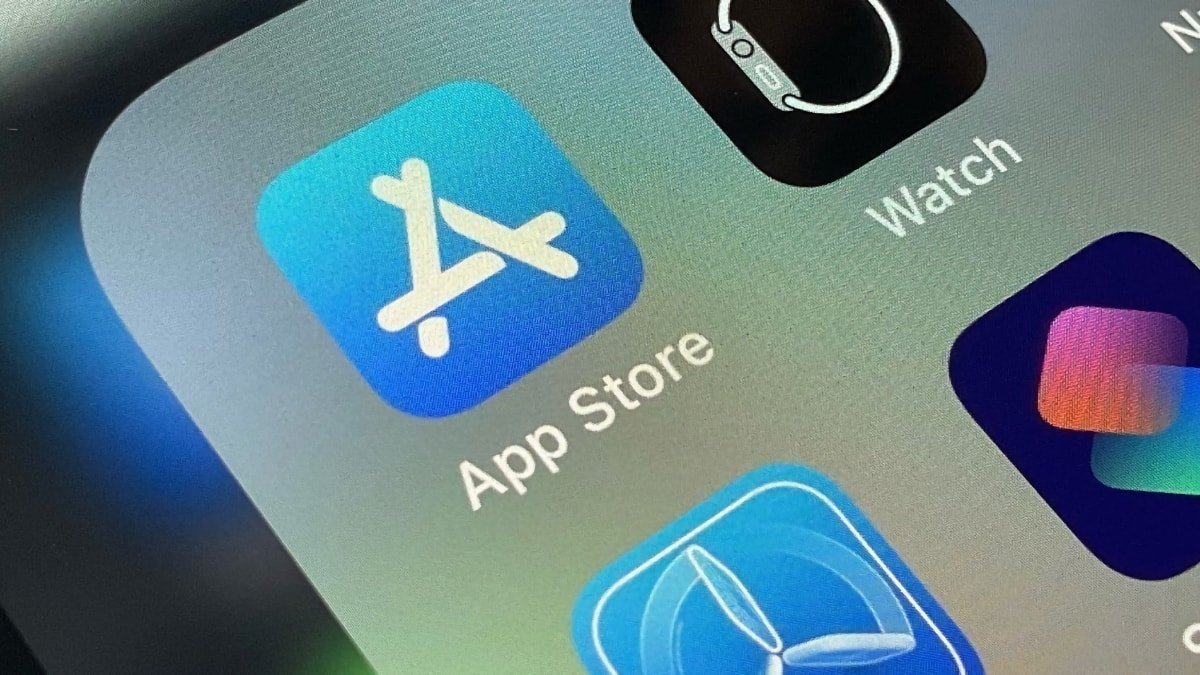




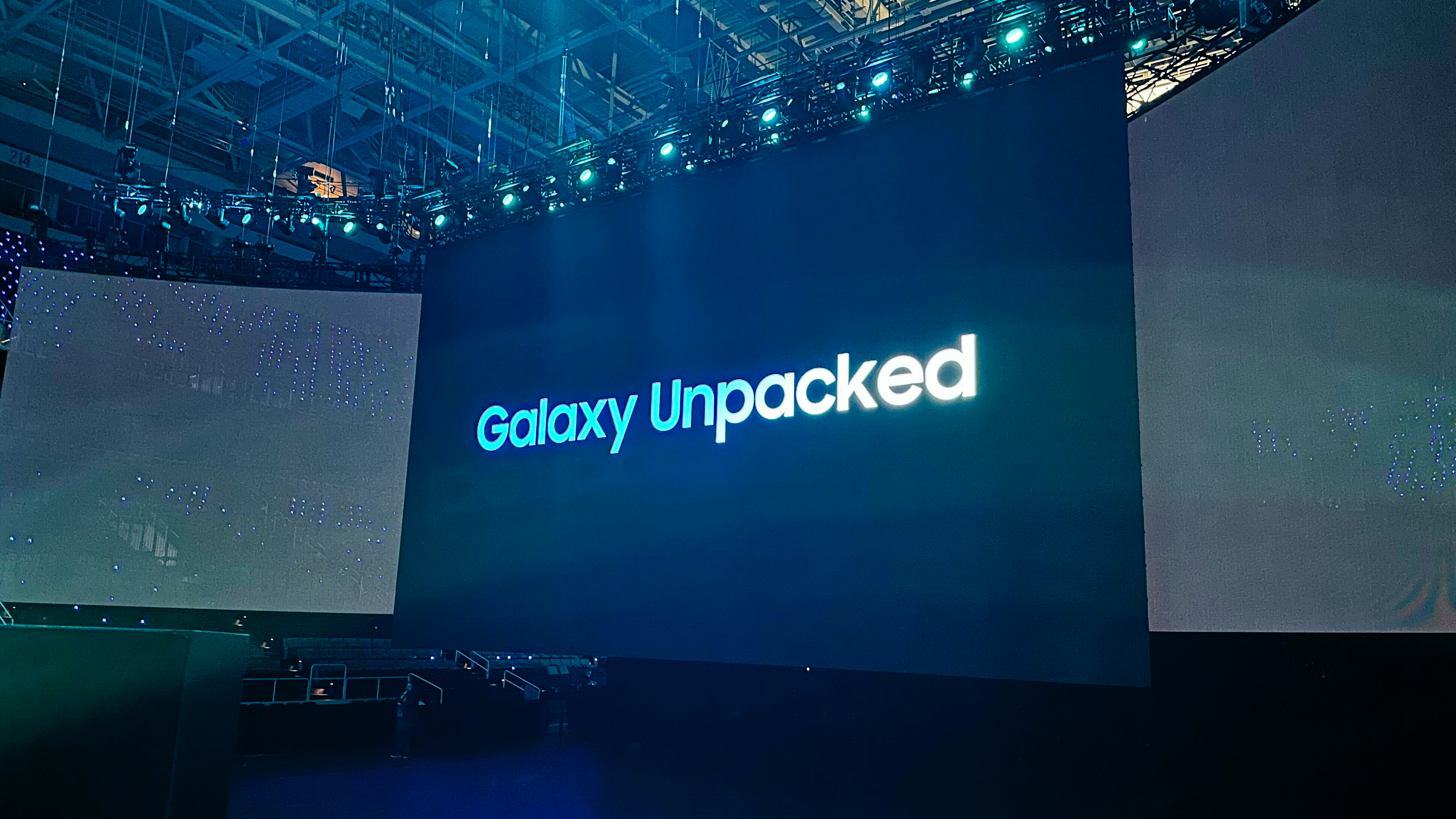
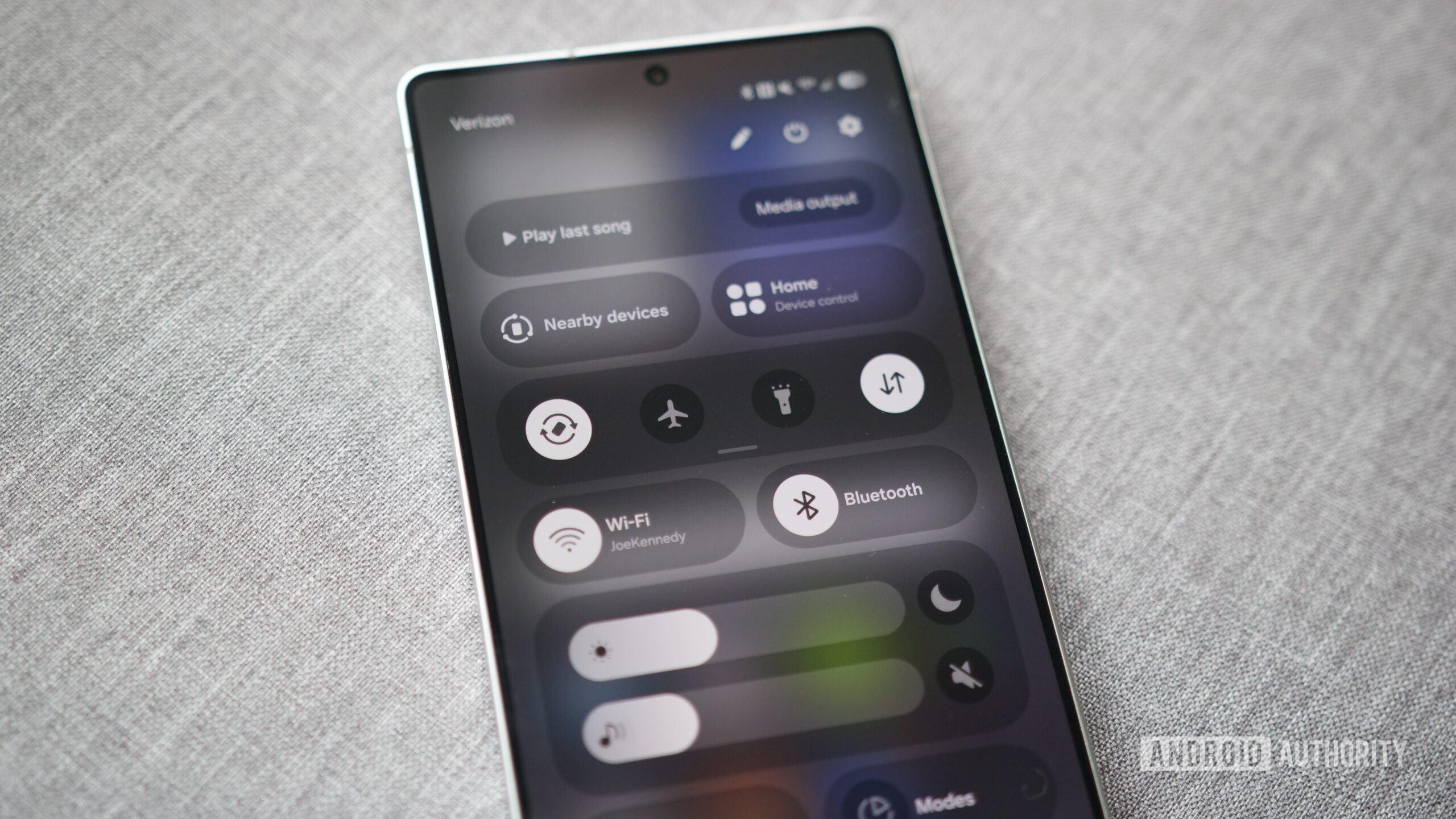
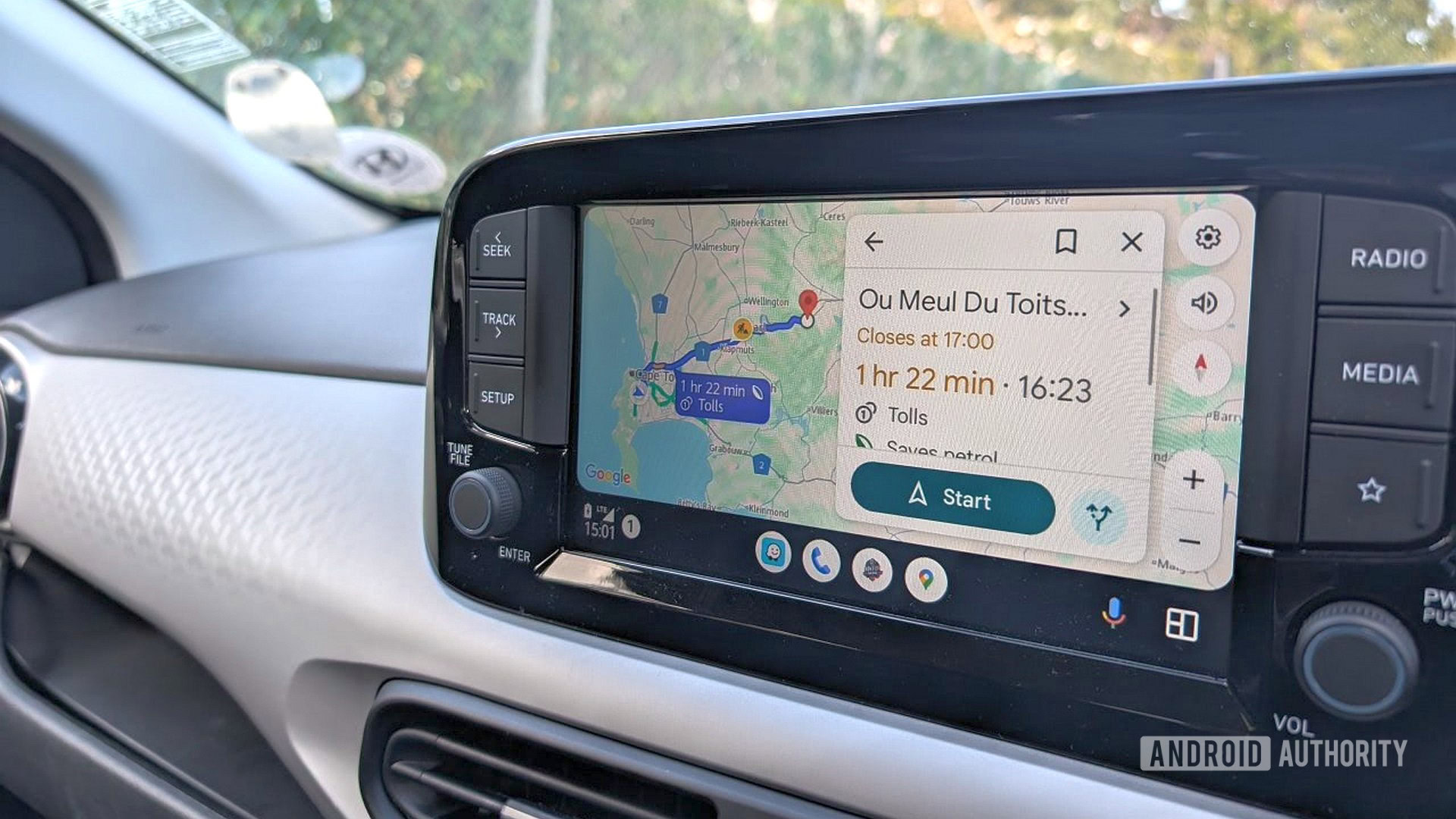





















![Apple Ships 55 Million iPhones, Claims Second Place in Q1 2025 Smartphone Market [Report]](https://www.iclarified.com/images/news/97185/97185/97185-640.jpg)












































